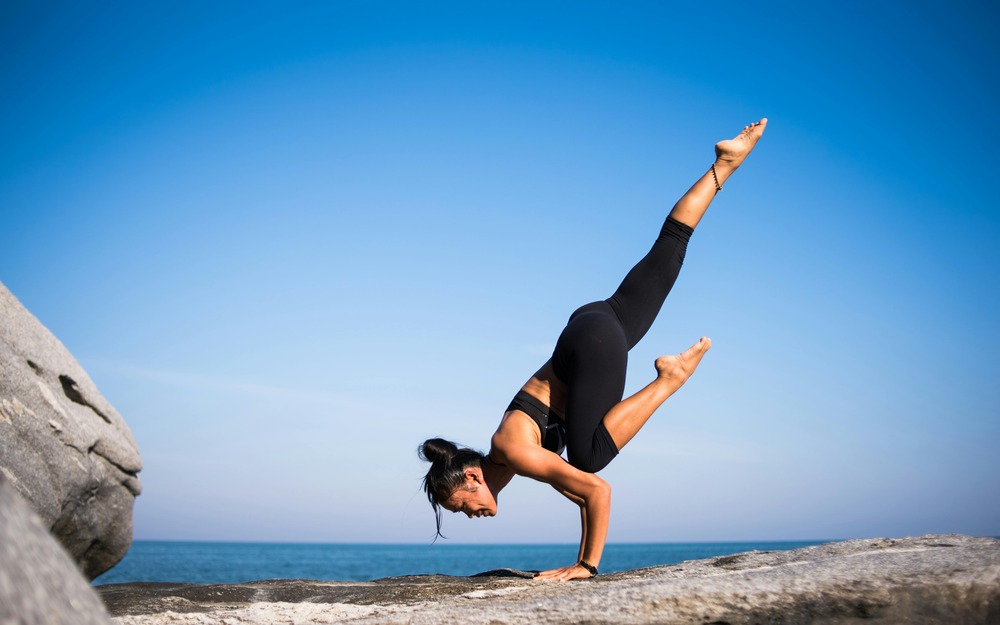The oblique muscles are a vital component of the abdominal muscle group, playing a crucial role in various physical activities. These muscles are constantly engaged, especially in active individuals and athletes, contributing to core stability and overall performance. Understanding the function, potential for strain, and effective treatment options for oblique muscle injuries is essential for maintaining an active lifestyle. 🏋️♂️
What Are Oblique Muscles?
The oblique muscles consist of two main types: the external obliques and the internal obliques. Together, they facilitate a range of movements, including bending sideways and twisting the trunk. They also play a role in respiration by assisting with the expansion and contraction of the rib cage.
Anatomy of the Oblique Muscles
| Muscle Type | Location | Function |
|---|---|---|
| External Obliques | Surface layer of the abdomen | Allows trunk rotation and lateral flexion |
| Internal Obliques | Beneath the external obliques | Supports trunk rotation and aids in respiration |
The external obliques are the larger, more superficial muscles located just beneath the skin and subcutaneous fat. In contrast, the internal obliques lie deeper, positioned beneath the external obliques on either side of the trunk. This layered structure allows for a complex range of movements and stability in the core. 💪
How Does Oblique Muscle Strain Happen?
Oblique muscle strain can occur due to various factors, often during activities that require sudden or forceful movements. The obliques connect the lower back, abdominal fascia, hip bones, and ribs, making them susceptible to injury during twisting or bending motions.
Common Causes of Oblique Muscle Strain
| Activity Type | Description |
|---|---|
| Sports Activities | Bending or twisting during exercises, rowing |
| Occupational Tasks | Lifting heavy tools, raking soil |
| Other Factors | Chronic coughing, poor posture, prolonged sitting |
Strains can result from:
- Sudden Twisting or Bending: Rapid movements can lead to muscle tears.
- Direct Trauma: Impact to the abdomen can cause immediate strain.
- Overuse: Repetitive motions without adequate rest can lead to fatigue and injury.
What Does It Feel Like to Have Oblique Muscle Strain?
The symptoms of an oblique muscle strain can vary in intensity, but they typically include:
- Pain and Stiffness: Sharp pain along the lower chest and side of the abdomen, often exacerbated by movement.
- Gradual Onset: Pain may develop gradually, even at rest, particularly in minor strains.
- Morning Stiffness: Muscles may feel stiff upon waking, impacting daily activities.
Severity of Symptoms
| Severity Level | Symptoms |
|---|---|
| Minor Strain | Localized pain, stiffness during movement |
| Moderate Strain | Increased pain, possible swelling or bruising |
| Severe Strain | Significant pain, weakness, tenderness, and difficulty with deep breathing or laughing |
In severe cases, individuals may experience bruising, swelling, or tenderness in the affected area, making it difficult to perform everyday tasks.
What Can Be Done to Relieve Oblique Muscle Strain?
Recovery from an oblique muscle strain typically takes about six weeks. Prompt treatment is crucial to prevent worsening of the injury. Here are some effective strategies for managing oblique muscle strain:
1. R-I-C Method
Immediately after a strain, follow the R-I-C protocol: Rest, Ice, and Compression. This method helps minimize damage and promotes healing.
- Rest: Avoid activities that aggravate the pain for several weeks.
- Ice: Apply ice packs for 15-20 minutes every hour to reduce inflammation.
- Compression: Use an elastic bandage to support the injured area.
2. Heat Application
After 72 hours, apply heat to promote blood flow and healing. Use warm compresses for 15-20 minutes, ensuring not to apply heat directly to the skin.
3. Massage Therapy
Deep tissue massage can aid recovery by improving blood flow and relaxing tight muscles. Cross-friction massage on the tendon can help realign collagen fibers and prevent adhesions.
4. Rehabilitation Exercises
Before starting any exercise regimen, consult with a healthcare professional. Here are some recommended exercises:
| Exercise Type | Description |
|---|---|
| Stretching | Gentle side bends to stretch the obliques |
| Plank | Hold a push-up position to engage core muscles |
| Side Plank | Lying on the injured side, lift the body with the forearm |
| Upward-Facing Dog | Arch the back while lying face down to stretch the abdomen |
5. Over-the-Counter Pain Relievers
Non-steroidal anti-inflammatory drugs (NSAIDs) like ibuprofen or aspirin can help reduce pain and swelling.
Warning Signs
While mild strains can often be treated at home, certain symptoms warrant medical attention:
- Inability to walk more than four steps due to pain.
- Numbness near the injury site.
- Inability to move the joint.
Conclusion
Understanding the function and potential for strain in the oblique muscles is essential for anyone engaged in physical activity. By recognizing the symptoms of oblique muscle strain and implementing effective treatment strategies, individuals can promote healing and return to their active lifestyles. Remember, prevention is key—always warm up and stretch before engaging in physical activities to minimize the risk of injury. 🏃♀️💨




